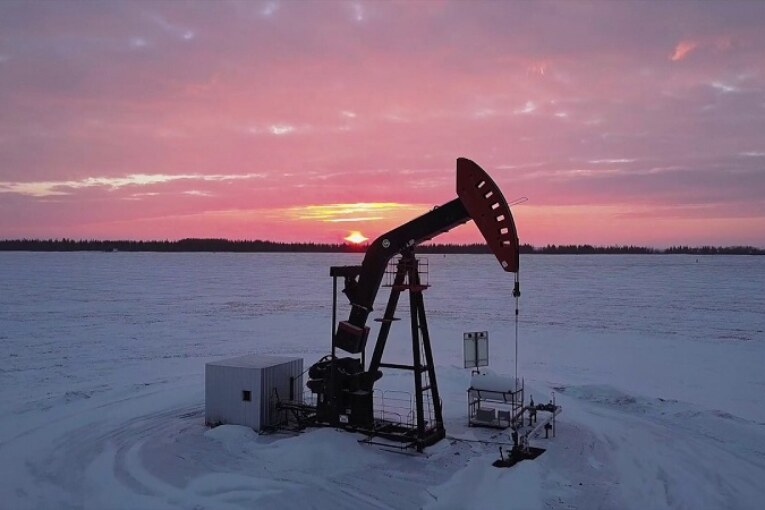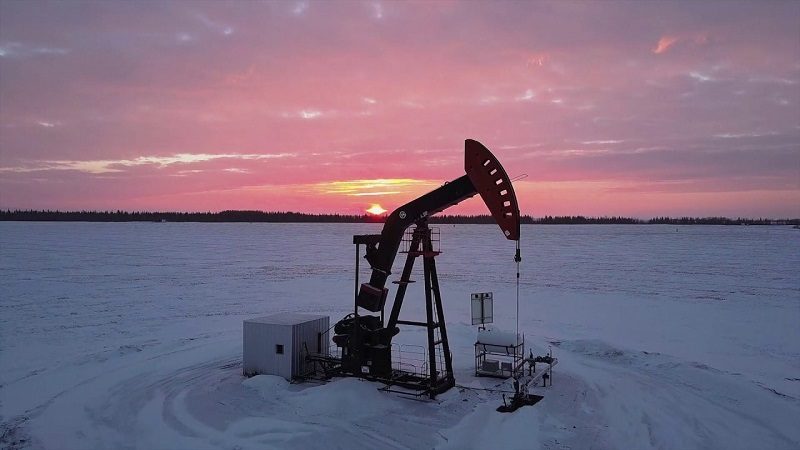

Oil prices dipped on Friday but were set to post their biggest annual gains in 12 years, spurred by the global economic recovery from the COVID-19 slump and producer restraint, even as infections surged to record highs around the world.
On the last day of 2021, Brent crude futures were on track to end the year up 53%, while U.S. crude futures were headed for a 57% gain, the strongest performance for the two benchmark contracts since 2009, when prices soared more than 70%.
U.S. West Texas Intermediate (WTI) crude futures fell 25 cents, or 0.33%, to $76.19 a barrel.
Brent crude futures fell 8 cents, or 0.10%, to $78.84 a barrel.
“We’ve had Delta and Omicron and all manner of lockdowns and travel restrictions, but demand for oil has remained relatively firm. You can attribute that to the effects of stimulus supporting demand and restrictions on supply,” said CommSec Chief Economist Craig James.
However, after rising for several straight days, oil prices stalled on Friday as COVID-19 cases soared to new pandemic highs across the globe, from Australia to the United States, stoked by the highly transmissible Omicron coronavirus variant.
U.S. health experts warned Americans to prepare for severe disruptions in coming weeks, with infection rates likely to worsen amid increased holiday travel, New Year celebrations and school reopenings following winter breaks.
With oil hovering near $80, James said he expects the Organization of the Petroleum Exporting Countries, Russia and allies, together called OPEC+, to stick to their plan to add 400,000 barrels per day of supply each month when they meet on Jan. 4, as they continue to wind back sharp production cuts implemented in 2020.
“I think we will see a lot of pressure on OPEC+ to make sure there’s enough oil being supplied to market,” James said.
You can read more of the news on source



